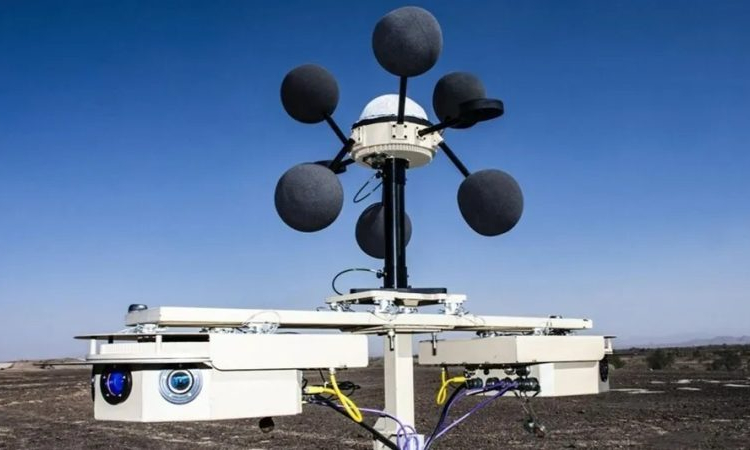Logos Technologies, a subsidiary of Elbit Systems of America, will supply more Serenity hostile fire detection (HFD) systems to the United States Army for use by United States Africa Command (AFRICOM) under a US$19.4 million deal. The US Army is buying hostile fire detection systems to protect Africa Command troops from hostile actors.
The five-year contract is the newest instalment in a long-standing effort by United States Africa Command to employ dual-sensor Serenity HFD systems to safeguard US expeditionary forces against radicalised actors. The contract included the supply, maintenance and support to operate Serenity systems in theatre to safeguard US expeditionary forces against conventional and asymmetric forces and also research and development efforts.
“By combining electro-optical and acoustic sensors, Serenity can pinpoint the origin of heavy weapons fire and explosions up to 10 kilometres away in any direction,” said Doug Rombough, Vice President of Business Development for Logos Technologies, “and it does so with fewer false positives than standard, single-sensor HFD systems”.
The Serenity weighs 25–35kg, depending on the configuration, and can be mounted on towers, such as those provided to AFRICOM, aerostats and some aircraft. The system combines EO and acoustic detection and can provide 360° coverage over 200sqkm.
On an aerostat, Serenity can be coupled with a wide-area motion imagery (WAMI) system, providing operators with additional near real-time and archived imagery. Doug Rombough, VP of business development for Logos Technologies, noted the capability of WAMI and outlined plans.
“Serenity can cue the WAMI system to a particular area of interest – say, the location of an enemy mortar team –and then the WAMI system can track their movement across the battlefield, as well as ‘go back in time’ and discover their initial staging area,” Rombough said. “[Serenity] has been deployed under an operational needs statement (ONS) and the warfighter is happy with it which is why all our spares have been [supplied]. We have been told there is another ONS being staffed.”
In addition to the US Army, other armed services have expressed interest in Serenity. Logos also notes that the US Army Research Laboratory has been experimenting with reducing the size and weight of Serenity and putting it on a gyrocopter as a surrogate for an unmanned aircraft system. Several flights have already taken place and the company believes that this work will accelerate under the latest contract.
Around five years ago, Logos was approached by the US Army and since then an undisclosed number has been provided but that number was less than 25 systems. Many systems have been deployed and while others remain in the US for trials some older systems have been retired. “Given the ongoing success of Serenity in the field with US forces, there’s interest in having a rapidly deployable version that can be used by international forces”, he said.



